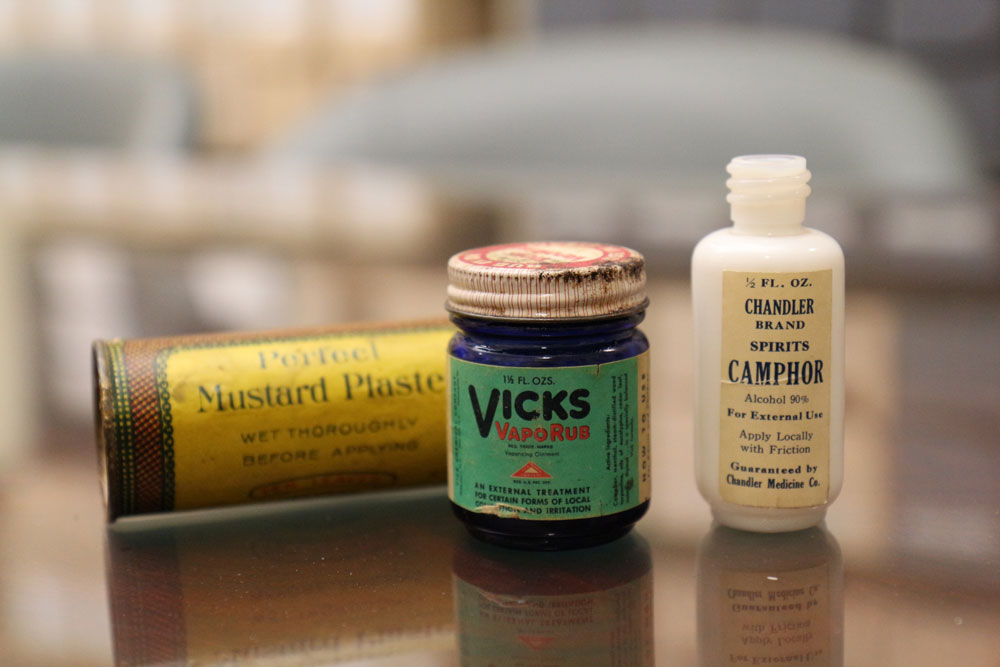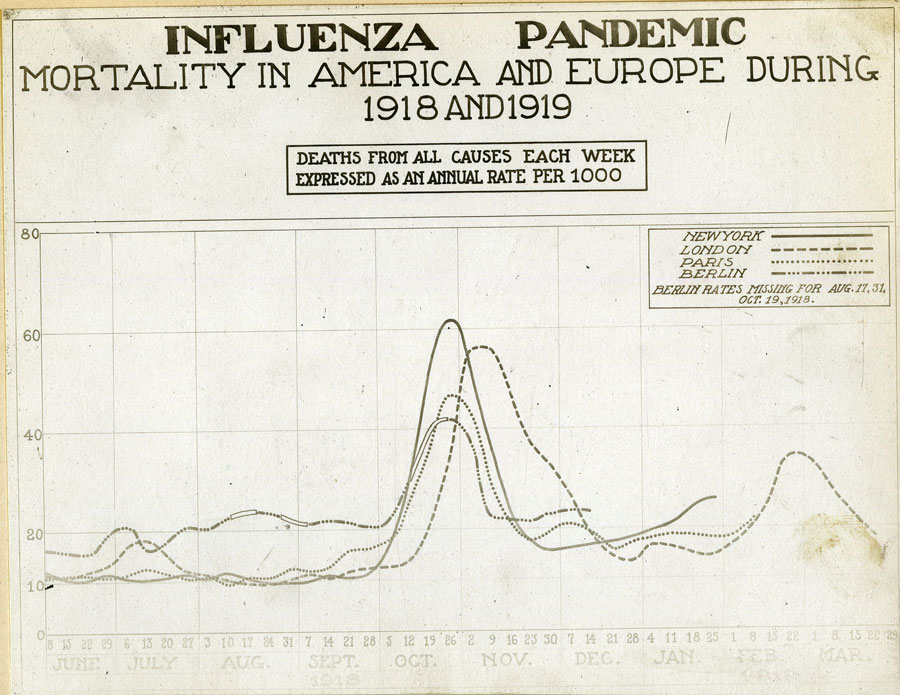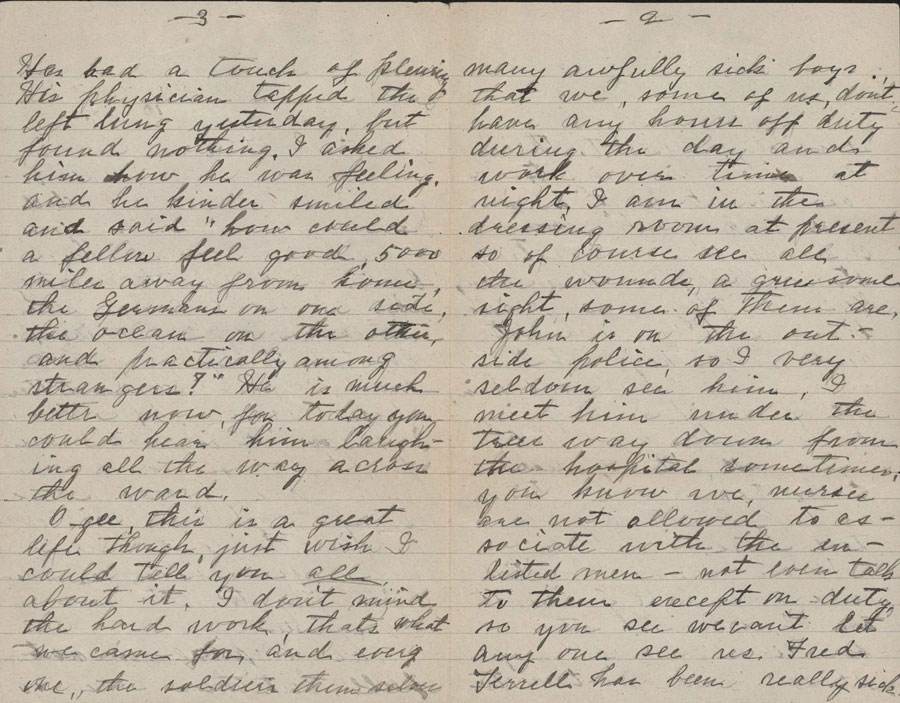A Virulent Virus

In early fall, 1918, as nursing students headed into their clinical rotations in the nation’s hospitals, they had no idea of what was to come.
A mutating virus that began in a Kansas military camp spread to soldiers stationed in Fort Devons, near Boston, then quickly moved to Philadelphia, New York, Baltimore, and Washington, D.C. before striking Chicago. Now recognized as the H1N1 strain of the virus, a type of bird flu, the virus ravaged the respiratory tracts of young, healthy individuals with strong immune systems. Many patients grew dramatically worse in the hours after contracting the virus; often, they succumbed within a day or two. Many developed what was thought to be pneumonia after contracting the flu (it was actually acute respiratory distress syndrome, or ARDS); 70 percent of those died.
Some 670,000 Americans died of the flu in 1918, about 2 percent of the population. The 15 month scourge killed between 50 and 100 million people worldwide, killing more people in one year than AIDS has killed in 40, and the bubonic plague killed in a century. A full 20 percent of children under the age of five perished (Smithsonian, Nov. 2017).
That some of World War I’s deadliest air raids coincided with the outbreak left nurses in the US and abroad exhausted. But still, skilled nurses like Camilla Wills (excerpt below), were key to surviving that year’s influenza, writes prof. Arlene Keeling in her book A History of Professional Nursing in the United States (Spring Publishing Company, 2017).
Wills -- a 1917 UVA Hospital School of Nursing graduate who worked as a nurse in World War I during the flu outbreak, and whose papers were donated to the Bjoring History Center in 2001 by her niece, Lucy Byrd Legau -- was among those who tended the suffering.
"Had a touch of pleuring … His physician tapped the left lung yesterday, but found nothing. I asked him how he was feeling, and he kinda smiled and said, 'How could a fellow feel good 5000 miles away from home, the Germans on one side, the ocean on the other, and practically among strangers?' He is much better now, for today you could hear him laughing all the way across the ward.
"… I don’t mind all the hard work, that’s what we came for ... [there are] so many awfully sick boys that we, some of us, don’t have any hours off duty during the day, and work overtime at night. I am in the dressing room at present so of course see all the wounds, a gruesome sight, some of them are."
Nurses fought to save their patients, dispensing soup and tea, and offering fever-reducing baths. Vicks vapor rub became a staple, as did aspirin, whiskey and cough medicine, though in the worst cases, nurses also administered morphine, oxygen and digitalis.
This Flashback Friday brought to you by the Bjoring Center for Nursing Historical Inquiry.


